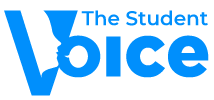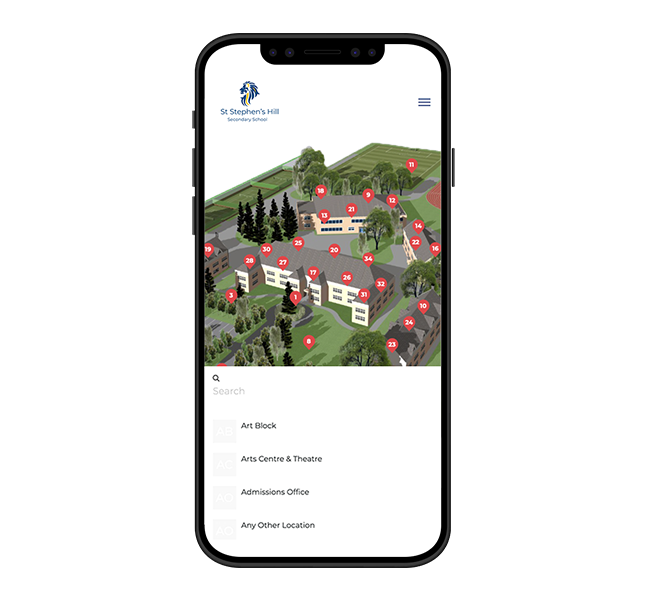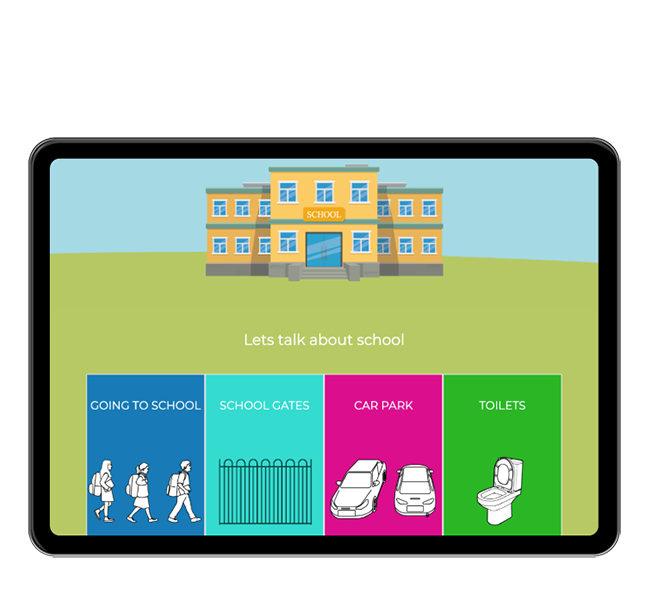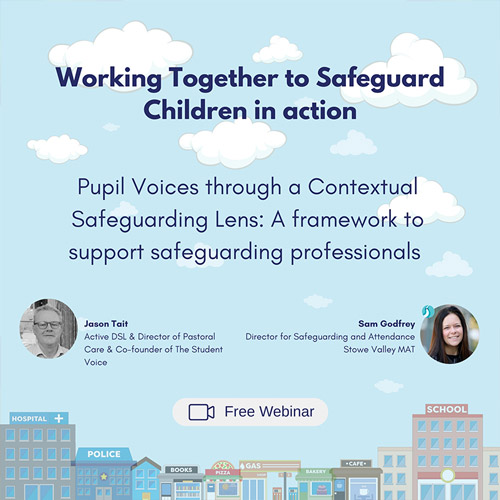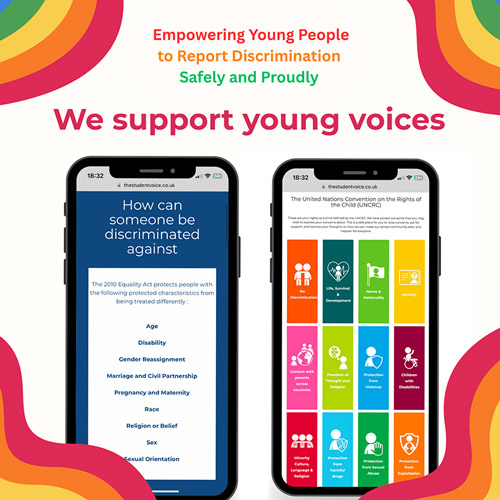Using Using Lundy’s Model to Tackle Child-on-Child Abuse
This week we’re exploring how Lundy’s model of participation can help tackle child-on-child abuse by incorporating student voices and contextual safeguarding into the approach. The central idea is that young people should be able to express their thoughts and experiences, especially regarding issues that affect their lives directly. When schools and communities create opportunities for young people to speak up, it enables them to be active participants in safeguarding efforts.
The United Nations’ Article 12, part of the Convention on the Rights of the Child, states that children who are capable of forming their own views have the right to express those views freely on all matters affecting them. Importantly, these views must be taken seriously, with consideration given to the child’s age and maturity. This principle is critical in addressing child-on-child abuse, as it acknowledges that children have valuable perspectives on their own safety and well-being.
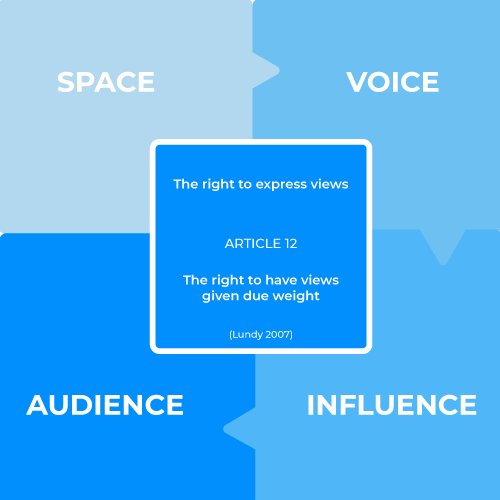
(Lundy Model of Participation, Department of Children, Equality, Disability, Integration
and Youth, Hub na nÓg and Professor Laura Lundy of Queens University, Belfast, 2017)
Get our blogs sent straight to your inbox.
Research over the last 5-10 years has shown that young people experience harm in various forms across different aspects of their lives. Whether it’s bullying, discrimination, or other harmful behaviors, these incidents often occur in settings where children feel unsafe or unsupported. This has led to calls for schools, social services, police, and healthcare providers to work together to remove barriers to reporting abuse, ensure children have safe spaces to express themselves, and respond appropriately to protect young people from harm. Through the lens of contextual safeguarding, it becomes clear that listening to children and understanding the contexts in which harm occurs is essential in addressing child-on-child abuse effectively.
SPACE and VOICE: Understanding the Context of Harm
To understand the context in which child-on-child harm takes place, it’s important to create environments where young people feel comfortable sharing their experiences. At our school, we used various tools such as the Student Voice reporting system, surveys, student focus groups, and a 1:1 mentoring program. These initiatives helped us learn that bullying, sexual harassment, and other harmful behaviors were happening in social settings, both online and in person, where there was little to no adult supervision.

One of the key findings was the presence of a “snitch culture,” where students were reluctant to report incidents of harm. Bystanders often stayed silent or even supported the person causing harm, fearing they might become the next target themselves. This cycle of harm, where fear and silence prevail, needed to be broken. To do so, we created safe spaces for students to express themselves, ensuring they felt heard and supported when they came forward with their experiences.
By giving students a voice in this way, we were able to understand the broader context of the harm they experienced and why it often went unreported. The next step was to find ways to address these issues by empowering students to take action and intervene when harm occurred.
Audience and Influence: Preventing Future Harm
To truly break the cycle of harm, we recognized the need to equip students with the skills and confidence to manage these situations as they arise. Listening to their voices was crucial, as it allowed us to develop strategies that would help prevent harm and promote a culture of mutual respect. When students spoke up, their voices were not only heard but also influenced the responses from teachers, parents, and school leaders.
This input led to the creation of the Values in Action (VIA) Program. The VIA Program focuses on fostering independence, personal growth, and strong relationships among students by encouraging them to develop important life skills such as being principled, compassionate, and open-minded. The program also emphasizes the importance of creating an inclusive community where all students feel valued and supported.
The VIA program is built around three key roles that students can take on to promote positive change and prevent harm:
1. Advocacy: Advocacy is about speaking up for others and raising awareness of issues such as discrimination, harassment, and bullying. The program encourages students to develop their voices, recognize harm, empathize with others, and take action. Advocacy involves listening to others, strategizing on how to address harmful behaviors, and communicating effectively to create positive change in the school community.
2. Active Bystanding: Active bystanders are those who step in to challenge harmful behavior when they witness it. Rather than staying silent, active bystanders take action to support those who are being harmed. The program teaches students the Four Ds of active bystanding:
-
- Direct Action: Calling out negative behavior in a calm and assertive way.
- Distract: Redirecting attention to defuse a situation before it escalates.
- Delegate: Asking for help or support from an adult or another trusted individual if direct intervention isn’t safe.
- Delay: Supporting the person harmed afterward, checking in with them and offering help.
3. Restoration: The restorative approach focuses on healing rather than punishing those involved in harmful behavior. It involves bringing together those who have been harmed and those responsible, promoting accountability, and finding ways to repair the relationships that have been damaged. Restorative practices include:
-
- Repairing relationships that have been damaged by harmful behavior.
- Respecting everyone involved and ensuring a fair process.
- Encouraging responsibility for actions and promoting accountability.
- Repairing the harm done by acknowledging and addressing it.
- Reintegration into the community with mutual respect and understanding.
Through these three roles—advocacy, active bystanding, and restoration—the VIA program empowers students to contribute to a culture of respect, safety, and accountability in their school. It helps students resolve conflicts, rebuild trust, and play an active role in making their communities safer.
Conclusion: Listening to Children is Key to Safeguarding
Carlene Firmin, a leader in the field of contextual safeguarding, has emphasized that to truly safeguard young people, we must first understand their life experiences. We cannot assume we know what they go through or what they need to feel safe. Therefore, it is essential to listen to children, give them a platform to express themselves, and take their views seriously. Ofsted, the body responsible for inspecting schools in the UK, has echoed this call, urging schools and local authorities to remove barriers that prevent students from reporting abuse and harm.
The Student Voice system, which is shaped by Lundy’s model of participation, is a key tool in creating “brave spaces” where young people feel empowered to speak out about their experiences. By integrating student voice with contextual safeguarding practices, we can work together to build communities where children are heard, supported, and protected. Ultimately, this approach helps foster safer and more inclusive environments for all young people, where they can grow, learn, and thrive without fear of harm.

